- Jigyasa | #1 Newsletter for curious minds
- Posts
- Old Phones vs. Deforestation: 🌿 What if your old phone could protect an entire rainforest?
Old Phones vs. Deforestation: 🌿 What if your old phone could protect an entire rainforest?
Sounds unbelievable, right? But that’s exactly what’s happening with a powerful global project that’s using donated smartphones to fight illegal logging, save animals, and even support climate action. Let’s explore how it works...

🌄 Scene: Deep in the Rainforest...

The forest is alive.
You’re standing beneath a green sky — thick with leaves, echoing with the call of birds and the drip of last night’s rain. Somewhere far off, a monkey shrieks. A frog clicks like a wooden toy. The air is wet and heavy, and the only light comes in leafy patches.
But high above your head, tucked between branches, something strange is watching.
Not an animal.
Not a human.
A mobile phone.
Yes. A phone.
Strapped to a solar panel. Listening. Waiting. Ready.
🚨 The Big Problem: Trees Are Being Stolen

In forests across the world from Brazil to Indonesia to Cameroon — illegal loggers sneak in with chainsaws and trucks, cutting down ancient trees and destroying habitats.
It’s fast, sneaky, and silent... until it’s too late.
Animals lose their homes. The Earth loses its lungs. And we lose time in the race against climate change.
Until now, rangers found out after the damage was done — when trees were already gone.
But what if we could catch the crime in the act?
💡 The Wild Solution: A Phone With Superpowers

In addition to GSM and Wi-Fi, the device also comes built-in with Satellite connectivity which enables the device to run onboard audio analysis and transmit alerts in real-time.
What if your dusty phone could fight crime in the Amazon?
That’s exactly what one project is doing by giving old phones a brand new life.
📱 + ☀️ + 🎙️ = Guardian of the Jungle
Here’s how it works:
Phone Donation: People donate their old smartphones — even the dusty ones at the back of the drawer.
Tech Upgrade: Each phone is fitted with:
A solar panel to stay charged
A high-power mic to hear forest sounds
A SIM card and antenna to send alerts
Hidden in Trees: The phones are placed high in the rainforest canopy — hidden from view, but listening all day, every day.
AI Ears: The phone uses AI to analyze sounds. It knows the difference between:
A bird call 🐦
A falling branch 🌿
And a chainsaw 😨
Real-Time Alert: If it hears danger — like a chainsaw or a gunshot — it sends a message instantly to local rangers.
They act fast. The loggers run. The trees stay standing.
🧠 Why It Works: Smart, Simple, Scalable
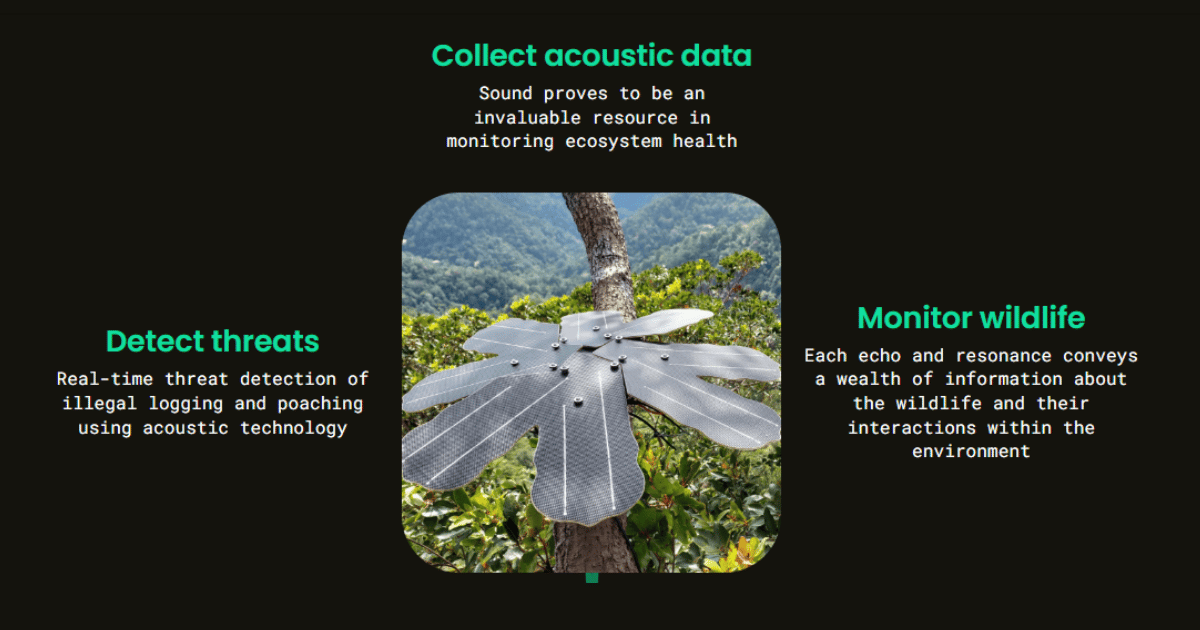
💸 Cheap & Clever: No fancy satellites or giant machines. Just recycled tech.
📶 Works Anywhere: It uses existing mobile networks — even in remote forests.
🌍 Big Impact: A full Guardian network can protect up to 300 hectares — that’s about 550 football fields of rainforest!
♻️ Reduces E-Waste: Old phones stay out of landfills and go into tree-saving missions instead.
🐒 It Helps Scientists Too!
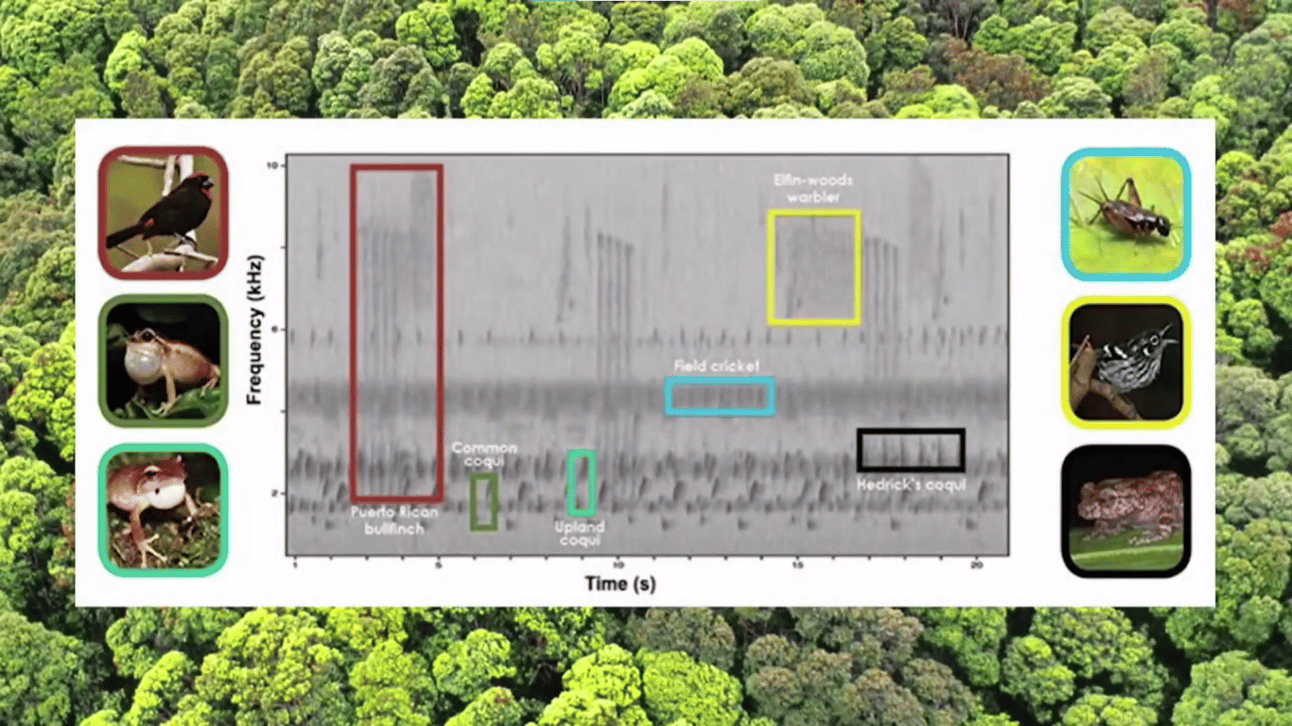
4126+ Species detected and identified
These Guardians don’t just fight crime — they also record the music of the wild.
🎶 Songs of frogs, birds, monkeys... even rare species no one’s seen before.
🧪 Scientists use this data to study biodiversity and forest health.
📊 It’s like having a forest lab... in a tree!
🐾4126+ Species detected and identified
Where It’s Happening – And Where It Could Go
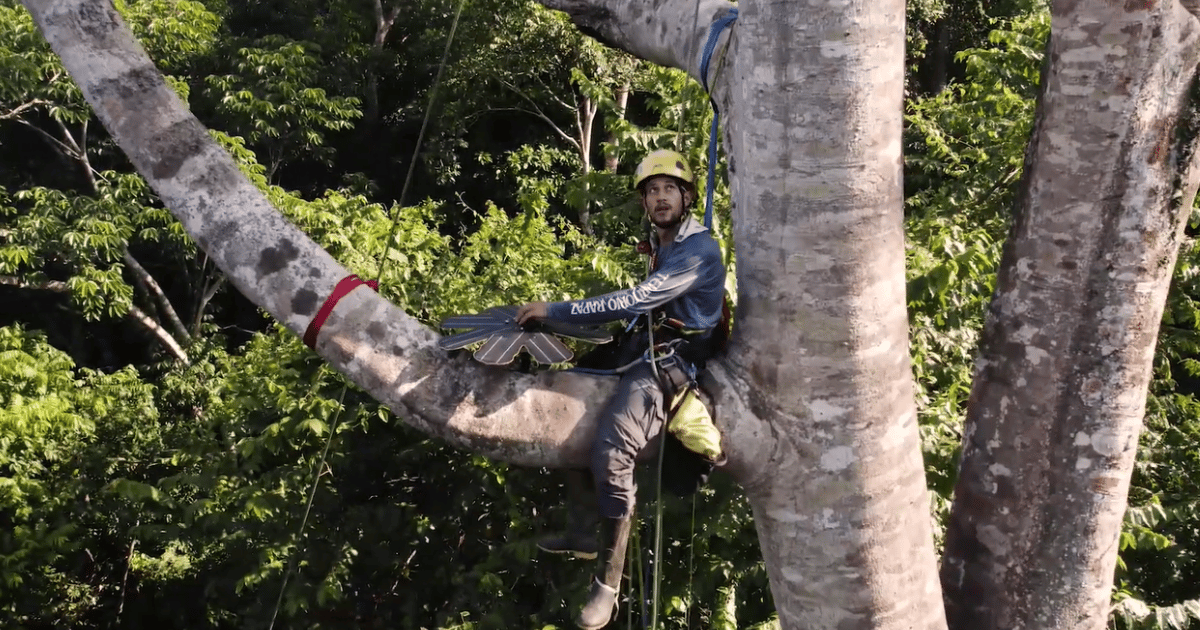
Already in action in:
Indonesia
Cameroon
Ecuador
Brazil
37+ countries to-date
18,19,189+ acres of land monitored
160+ million audio recording collected
But imagine:
What if every village in the Western Ghats had a Guardian?
What if Sundarbans tigers had silent protectors in the trees?
What if you made that possible?
🔁 From WhatsApp to Wildlife Watcher
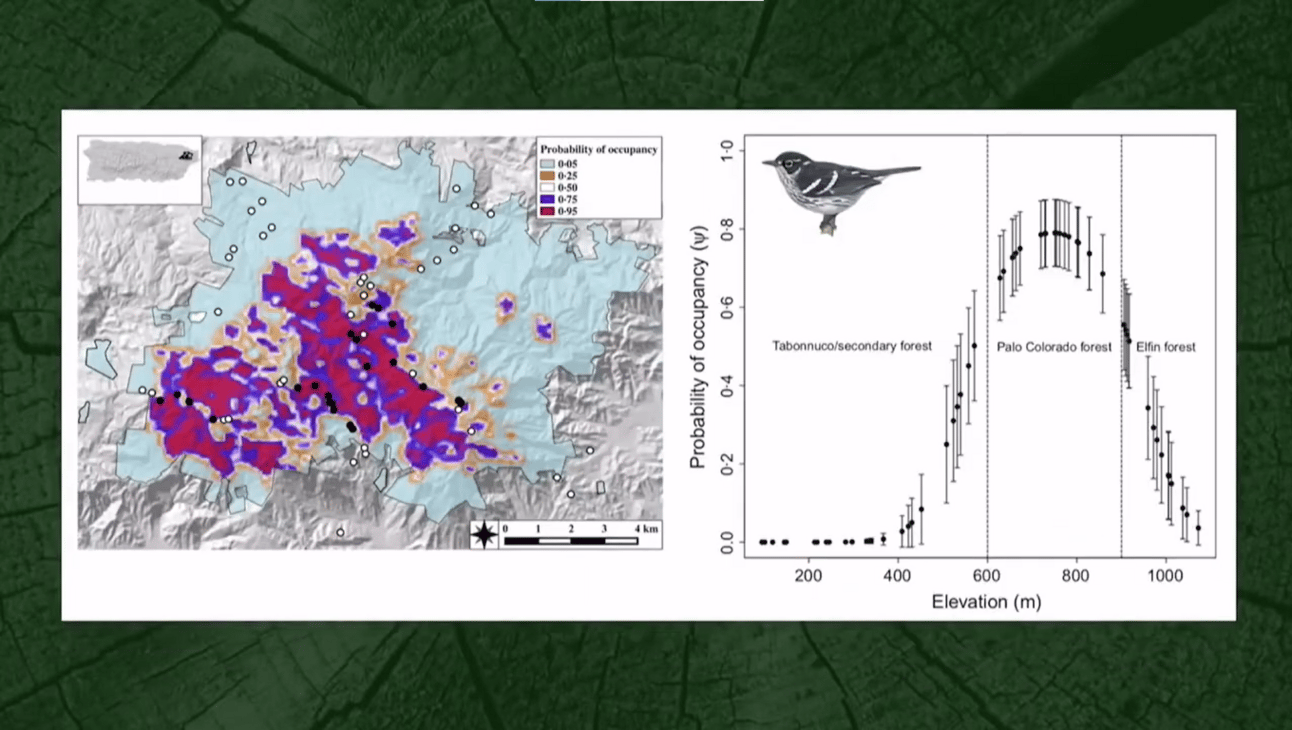
Species Occupancy Analysis
That phone you once used for PUBG or dance reels? It could now be:
A forest spy
A scientist’s assistant
A tree’s best friend
How cool is that?
🌀 Behavior Shift: The Real Superpower
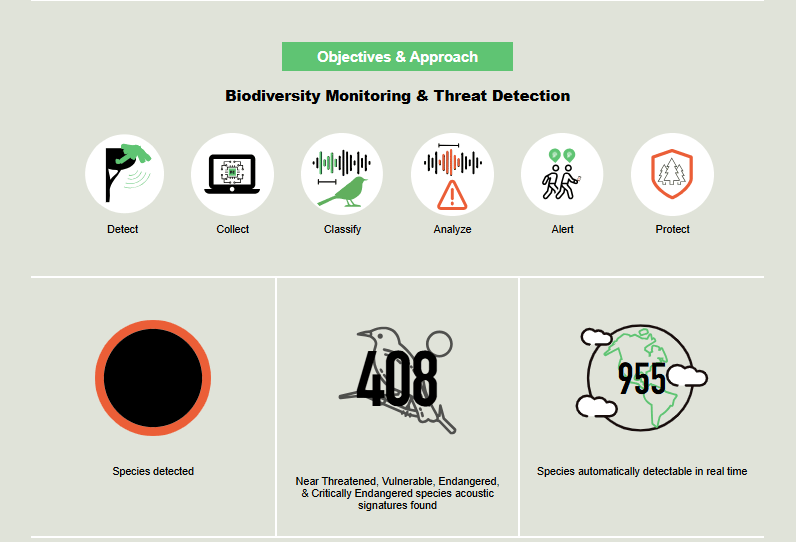
Real time Monitoring and Thread Detection
This project isn’t just saving trees.
It’s shifting how we think about:
🌿 Trash vs Treasure – Old tech isn’t waste. It’s a weapon.
🌏 Climate Action – Small choices = giant impact.
💡 Youth Power – You don’t need to be a scientist to save the planet. You just need curiosity.
⚠️ Important:
👇 Join the Jigyasa WhatsApp, Instagram and Youtube Channel Now
Don’t miss the next story that could inspire the future.
Let’s build a world where learning feels like magic again.
Why?
Because we want to reach you faster, easier, and more directly—so your child never misses another chance to explore, imagine, and create.
Note: All exclusive deep-dive content will always arrive via email first (so keep checking your inbox!)
❓Think Like a Changemaker
What other “old things” around us could become tools for nature or science?
Could your old earphones become noise sensors?
Could your toy drone map wildfires?
Drop your wild ideas below 👇 — we might feature them in the next issue!
✨ Final Thought:
“The Earth doesn’t need superheroes. It needs curious minds with creative tools.”
🎁 Bonus Bit: How You Can Help
✅ Donate your phone to organizations like Rainforest Connection
✅ Spread the story with your Friends, family, and neighbors.
✅ Ask your science teacher: Can we build our own forest Guardian?
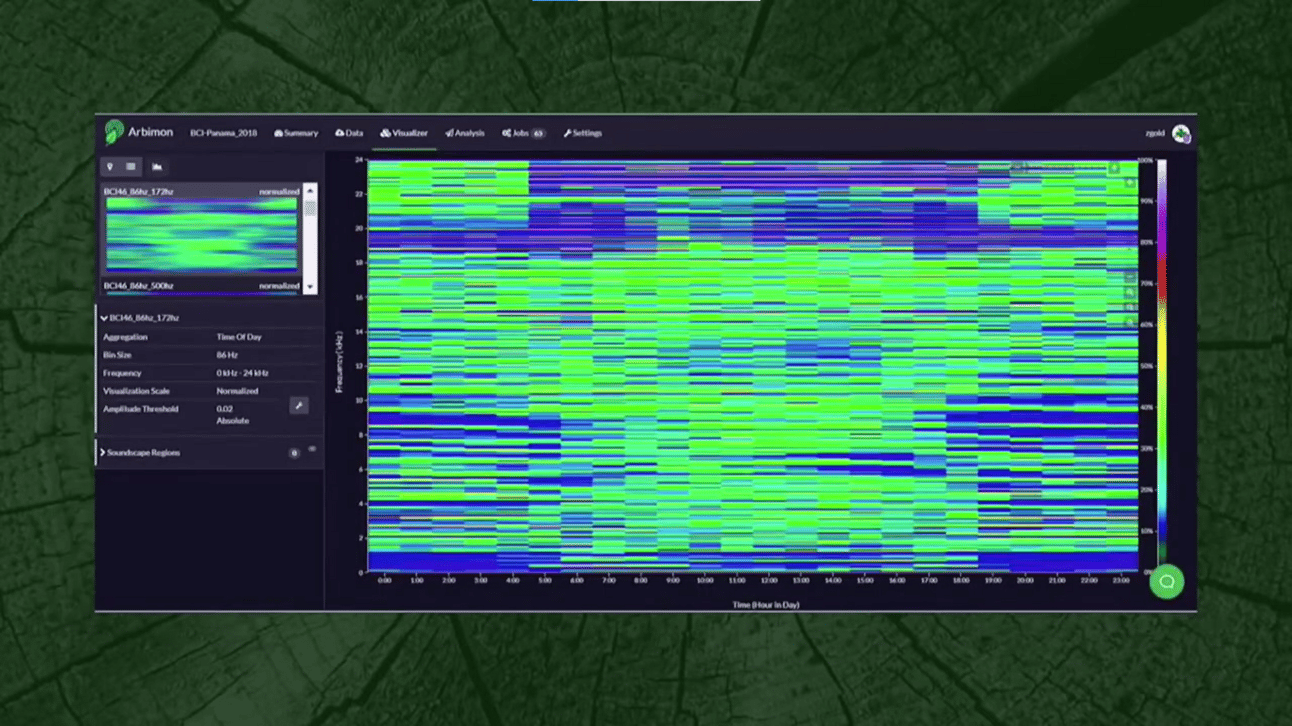
Soundscape Analysis
🎧 What is Soundscape Analysis?
Soundscape analysis is the study of all the sounds in a place to understand the environment. It includes natural sounds (like birds or wind), human sounds (like talking or footsteps), and machine sounds (like chainsaw).
Soundscape analysis helps us understand a place by listening carefully to what’s around us.
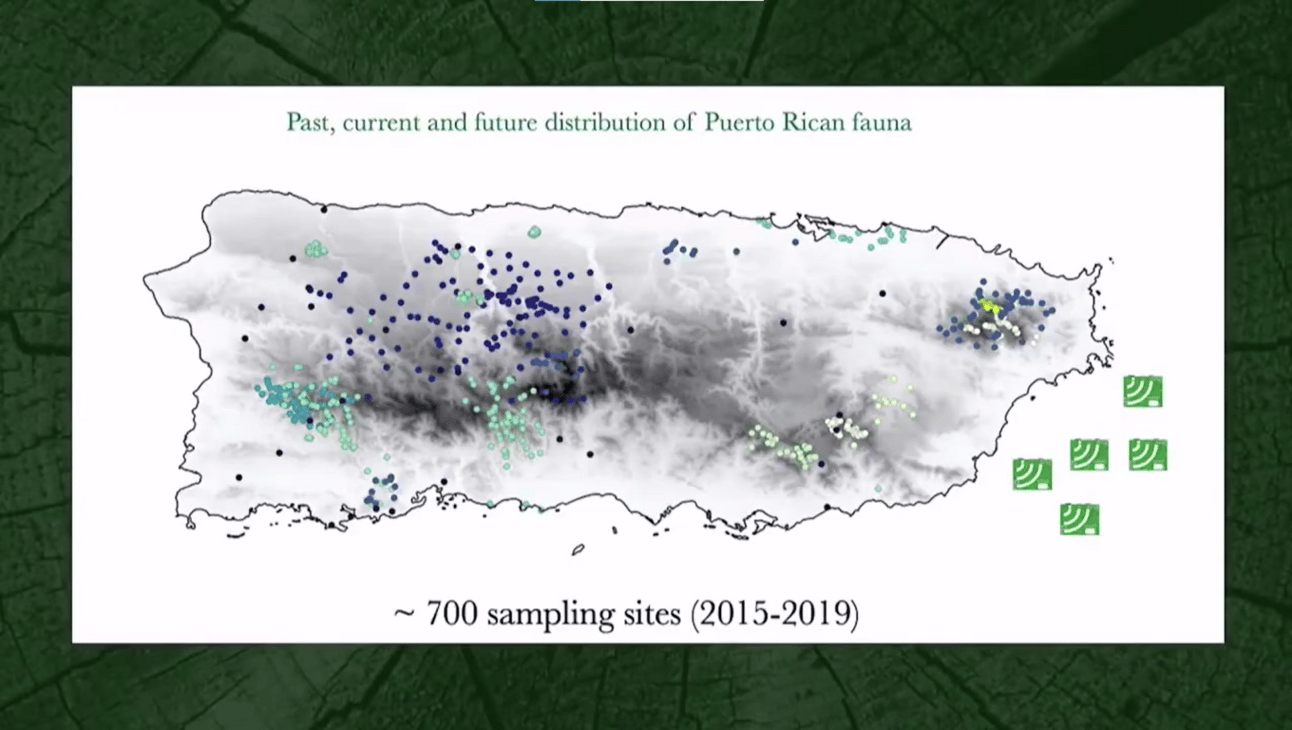
Species Distribution Mapping
🌍 What is Species Distribution Mapping?
Species distribution mapping shows where a plant or animal species lives on a map. It helps scientists understand where a species is found, how many there are, and if their range is changing.
📍 Example:
Let’s say you’re studying butterflies in your area.
You go to different places (parks, fields, forests)
You note where and how many butterflies you see
You mark those spots on a map
This creates a visual map showing where butterflies live and in what numbers.
🎓 Why it matters:
To track endangered species
To study climate change effects
To plan conservation efforts
In short: Species distribution mapping helps us see where living things are found and how their locations may be changing.
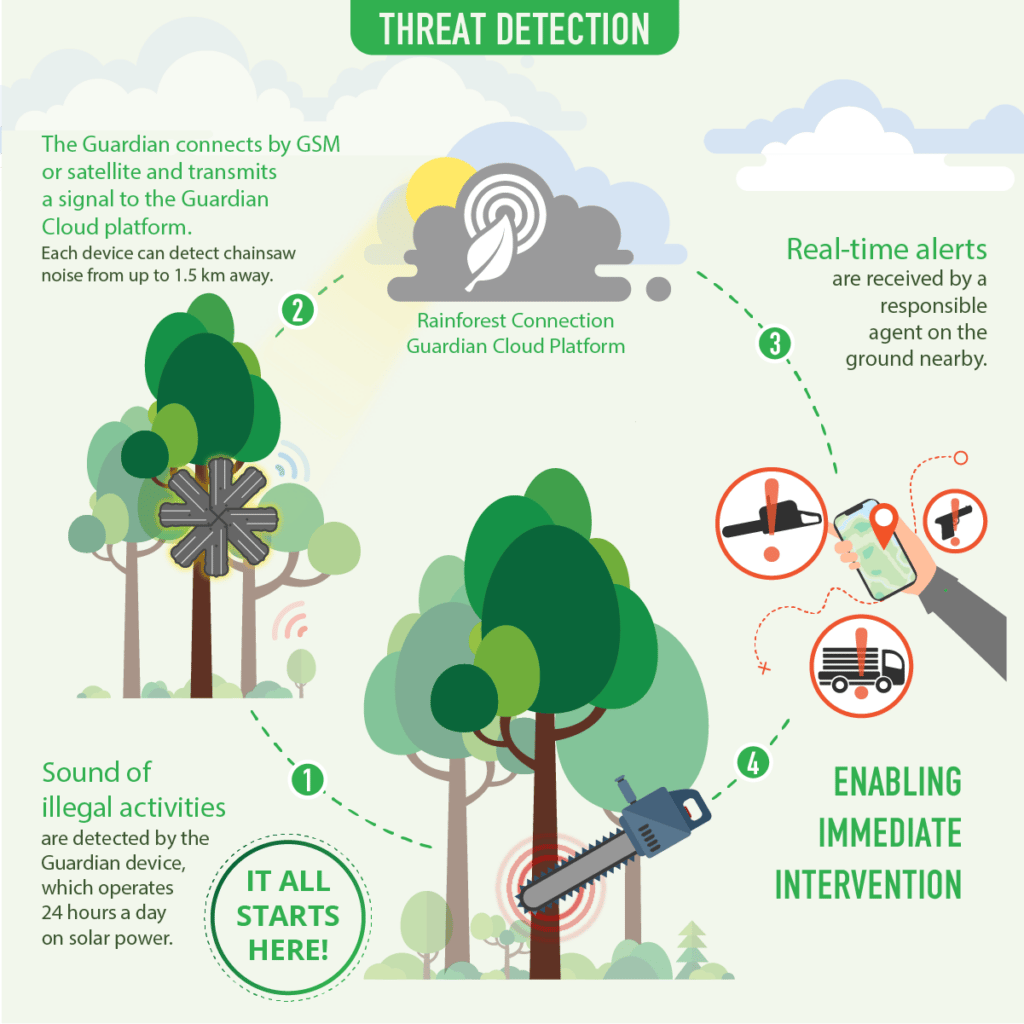
Thread Detection
Reply